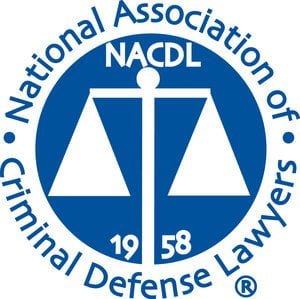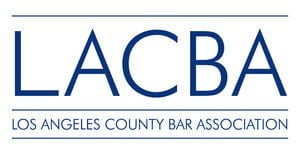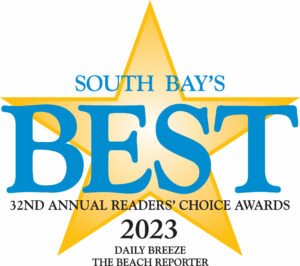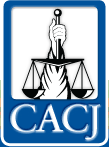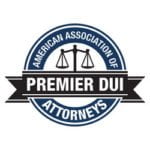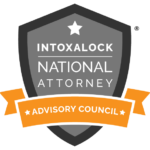Forging or altering prescriptions to obtain narcotics
Medical experts have warned that abuse of prescription narcotics has reached near-epidemic levels, and almost everyone is aware of the deaths of high-profile individuals – like Prince – related to the misuse of these highly addictive painkilling drugs.
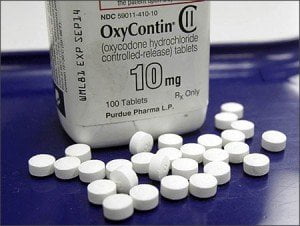
One of the common ways people unlawfully obtain these narcotics is with a forged or altered prescription, so they can purchase their drug of choice from a local pharmacy. This can lead to criminal charges, and under some circumstances, felony prosecution.
While many individuals who become addicted to prescription narcotics turn to street drugs such as heroin, cocaine, or methamphetamine once they are no longer able to obtain prescriptions for painkillers, others attempt to obtain their drug of choice by forging or altering prescriptions. Even though Proposition 47 reduced unlawful possession of prescription drugs to a misdemeanor (11350 HS), Prop 47 does not apply to illegally obtaining a prescription drug by forging or altering a prescription in violation of Health and Safety Code Section 11368.
Elements of the crime of forging or altering prescriptions for narcotics
In order for the prosecutor to successfully convict a defendant of violating 11368 HS, all of the following elements must be proved:
The defendant obtained or possessed a narcotic drug.
The defendant knew about its presence.
The defendant knew that the substance was a narcotic drug.
The narcotic was in a usable amount.
The narcotic was obtained with a forged, altered, or fictitious prescription.
The defendant knew that the narcotic drug was obtained with a forged, altered, or fictitious prescription.
It is important to note that even if the defendant did not actually forge or alter the prescription themselves, if their actions include the elements above, they may be convicted under 11368 HS.
Also, if the defendant forged or altered the prescription to help someone else obtain the narcotic in question, s/he can still be held criminally liable under this law, as actual possession of the drug by the defendant is not required. If the defendant altered or forged the prescription AND used the prescription to obtain narcotics, then s/he may be charged with additional criminal charges.
Criminal penalties
11368 HS is a “wobbler” offense, meaning it can be prosecuted as a misdemeanor or a felony. This determination is made at the prosecutor’s discretion and usually boils down to the circumstances of the offense and the accused’s criminal history, if any.
If a defendant is charged with a felony under 11368 HS, criminal penalties include up to three years in prison. For a misdemeanor charge, the defendant may face up to one year in the county jail.
Additional consequences may include:
Fines
Restitution
Drug offender registration
Immigration consequences for non-U.S. citizens
Revocation or restriction of a professional license
Civil lawsuits
Diversion
Proposition 36 was approved in 2000 to make defendants who are convicted of a nonviolent drug crime eligible to receive probation instead of incarceration. There has been debate over whether a defendant who used a forged, altered, or fictitious prescription to obtain narcotics for his or her personal use is eligible for Prop 36 sentencing.
This is not a simple drug possession offense. 11368 HS is intended to discourage the act of forging or altering prescriptions for narcotics, regardless of who would eventually use those narcotics.
Legal defenses for forging or altering prescriptions for narcotics
The facts of an alleged offense have a great bearing on the appropriate legal defense for a charge under 11368 HS. Only a licensed and qualified attorney can provide accurate legal advice. However, common legal defenses include:
The amount of the narcotic in question was not a usable amount, such as debris or a trace.
The evidence was obtained as a result of an unlawful search and seizure.
The defendant had no knowledge that the prescription was forged, altered, or fictitious.
The defendant had no knowledge that the narcotics were obtained with a forged, altered, or fictitious prescription.

